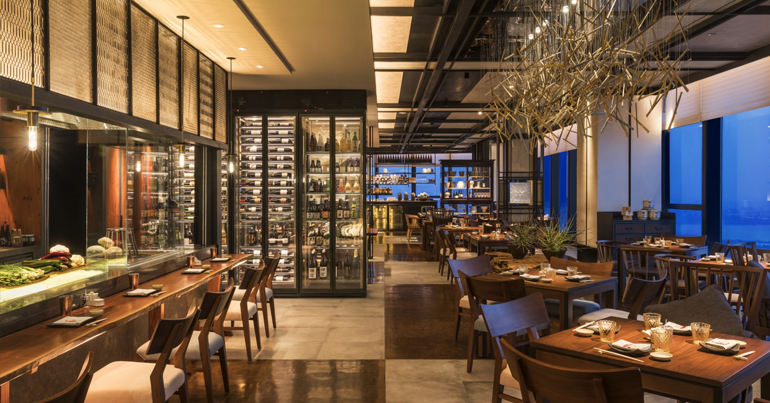Challenge
Facilities management is crucial for any construction project, especially for multi-story towers involving multi-use purposes (retail, offices, and residential), complex design, engineering, and logistics. Several challenges in the construction process will emerge, such as:
- Aligning objectives with the project objectives and stakeholders' expectations
- Communicating and collaborating effectively with the design and construction teams,
- Integrating requirements and standards into the design and construction specifications
- Managing the transition from construction to operation and maintenance, and
- Planning and implementing facility management strategies for the life cycle of the building.
The role was technical and operations advisor for a landmark retail, office, and residential building nearing completion. Responsibilities included asset management, GAP analysis on design for MEP, civil, transport, information technology, waste management, and solid waste. A core part of the activities performed involved staff development and training. Key functions performed: Energy management, Contract mobilization, Contract resource optimization, Subcontractor mobilization, Construction, and architect subcontractor collaboration, CAFM system Integration, Design reviews, KPI and SLA impact on contract, Projects turn over within nine months of over USD$ 6 million, Seventy direct staffing, and Asset commissioning and management
Strategy
Meeting the challenges to ensure the building process's quality, safety, efficiency, and outcomes were met involved:
- Planning for the present and the long term: need to balance the immediate needs of the project with the future maintenance and operation of the multi-use building. This planning required accurate data, reliable forecasting, and effective stakeholder communication,
- Managing multiple contractors and subcontractors: has to coordinate and supervise the work of various parties involved in the construction, such as architects, engineers, suppliers, and workers. This coordination entailed setting clear expectations, monitoring performance, resolving conflicts, and enforcing compliance,
- Adapting to changing conditions and requirements: has to cope with uncertainties and risks during construction, such as weather disruptions, material shortages, design changes, or regulatory changes. This adaptability demanded flexibility, agility, and contingency planning, and
- Ensuring sustainability and resilience: has to consider the environmental and social impacts of the construction and its operation. This process involved implementing green practices, reducing waste and emissions, enhancing energy efficiency, and ensuring safety and security.
Transformation
We successfully coordinated and integrated the design, construction, operation, and maintenance of building systems and services for the new mixed-use tower. In addition, facility management strategies for the life cycle of the building were developed and embedded in an ongoing process.
Contact us for further information






